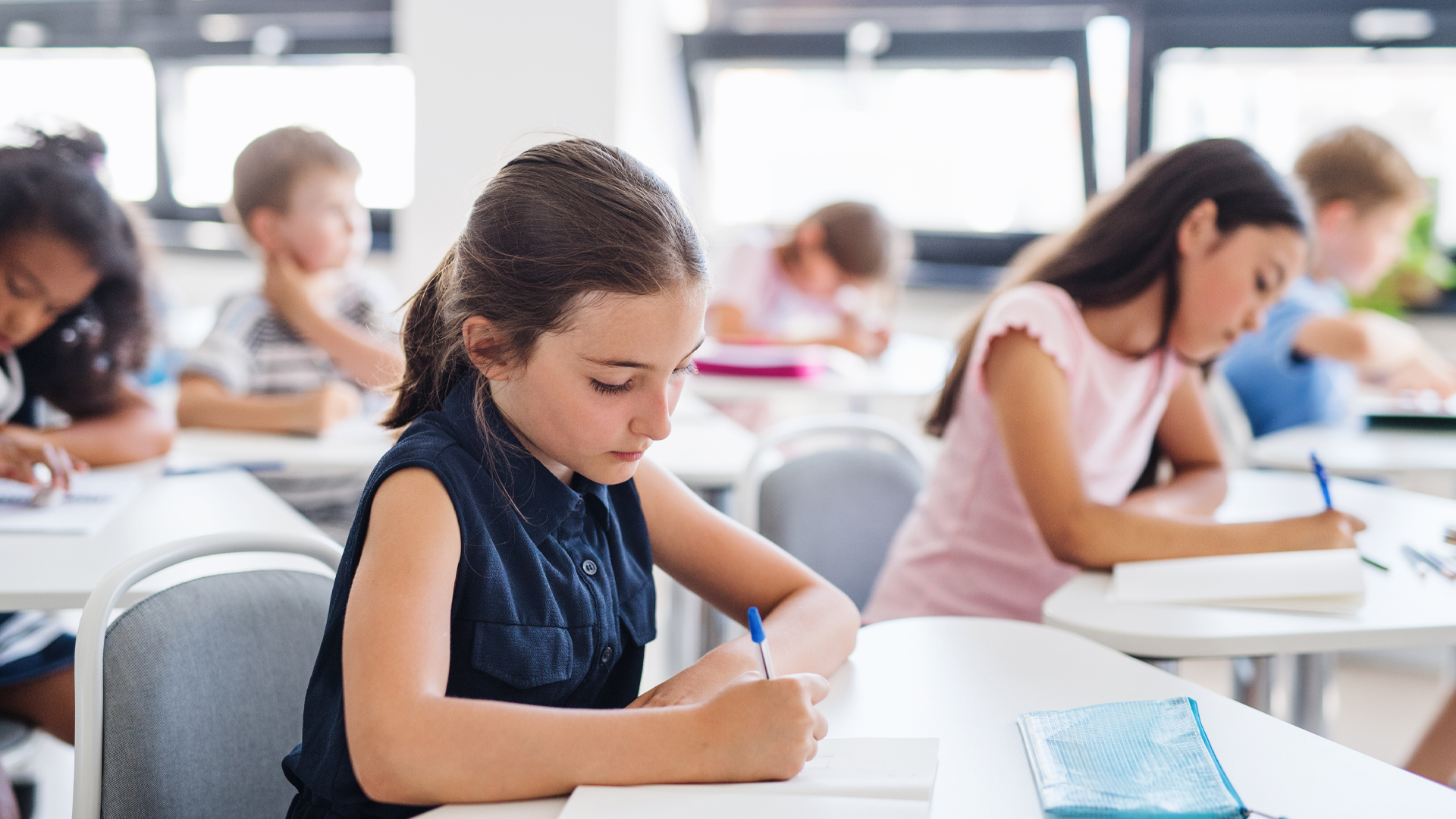
The worst-kept educational secret is leaking out. Most Canadian K-12 students in all provinces suffered setbacks during the pandemic. The latest province to report on the decline in student test scores is Nova Scotia, widely considered a bellwether for national trends. Right on forecast, that province’s students performed dismally on the latest 2021-22 battery of results. Alarming student test score numbers in reading, writing and mathematics generated considerable media attention, but it remains to be seen whether they will light a fire under the gatekeepers of the provincial schoolhouse.
Nova Scotia’s Department of Education and Early Childhood Development (DEECD) provides a measure of transparency but little accountability. Without an independent provincial student assessment agency, such as Ontario’s EQAO (Education Quality and Accountability Office), the department simply posts standard template reports based upon provincial test student scores. Provincial aggregate data from testing appears online without any policy responses. Falling literacy and math scores regularly elicit no official comment.
The latest post-pandemic provincial results could not be simply ignored because they shook public confidence in the system. One in three Grade 3 students (32 per cent) cannot read with comprehension, and half of those students cannot write properly. It doesn’t get better by Grade 6 in reading or mathematics. As well, two out of five students in Grade 10 fail to meet acceptable standards in mathematics. This is not new, just worse because of pandemic-related school shutdowns, periodic interruptions and absenteeism.
How will the education system help students overcome COVID learning loss?
Signs of flagging student progress are everywhere in elementary school classrooms. Students are still guessing at words while reading in the early grades. Most elementary kids are rarely asked to write more than a sentence or two. Left on their own to master mathematics, students’ skills have eroded to an alarming degree. Getting kids to turn off their cellphones saps a lot of energy.
Confronting the hard data on the downward spiral, N.S. Education Minister Becky Druhan was quick to blame the pandemic. Once the abysmal post-COVID student test scores were posted and the pandemic was offered up as the explanation, a reactive plan materialized out of thin air two days later. Upon close examination, the plan was put together without any evidence of deep analysis of long-term trends. A proposed literacy reform framework, delayed for months, appeared as part of it.
Reading and writing skills have been in steady decline for a decade or more. Some 68 per cent of Grade 3 students in 2021-22 met minimum standards in reading, down eight percentage points from 76 per cent in 2012-13. Student writing standards results in Grade 3 have deteriorated significantly in all aspects of writing proficiency (ideas, from 88 per cent to 50 per cent; organization, from 80 per cent to 38 per cent; language use, from 83 per cent to 43 per cent; and conventions, from 71 per cent to 32 per cent). Two out of three Grade 3s are familiar with Snapchat but exhibit little proficiency in grammar or spelling, and most can barely write a complete sentence.
Student proficiency by Grade 6 is critical because, as the 2022 World Bank report on pandemic global learning loss claimed, students unable to read by the age of 10 are considered to be living in “learning poverty.” Until recently, that problem seemed far removed from the lives of Nova Scotian and Canadian children.
Sixty per cent of the world’s low-income and middle-income countries are now classified as “learning poor” – putting their children’s future in jeopardy and their lives at risk. In Canada, the World Bank estimates that from 4.3 per cent to 8.3 per cent of 10-year-olds in Canada qualify as “learning poor.” It’s much higher in Nova Scotia, where 29 per cent of our 10-year-olds (in Grade 6) lack basic proficiency in reading.
Math standards tend to fly below the radar in Nova Scotia, and the Education Department is culpable. Thirty per cent of students in Grade 3 lack proficiency in math skills, but it’s impossible to track past trends. Shifting the tests from Grade 3 to Grade 4 and back again since 2011-12 deprived us of comparable data. It’s not as concealed in Grade 6 where student scores have dropped from 73 per cent (2012-13) to 64 per cent a year ago. One-third of Grade 6 students fall below provincial math standards.
Buried in the latest batch of published results are “disaggregated” student test results for two groups of students, those of African heritage and Indigenous ancestry. That reflects the department’s recent focus on supporting students and improving results among those in racialized and marginalized communities.
While it’s been a major priority, the pandemic disruption has wiped out previous gains. Grade 3 reading scores for African-Nova Scotian students held firm with 57 per cent meeting standards, although that’s 12 percentage points below the provincial average score. Writing remains a serious problem with fewer than half of the cohort of 695 students meeting expectations.
A similar sized cohort of Mi’kmaw/Indigenous students in Grade 3 suffered similar setbacks during the pandemic. In high school, African-Nova Scotian and Indigenous students at the Grade 10 level performed far better in reading than in mathematics, where both cohorts of students have lost significant ground in comparison with their peers.
Druhan and her department fumbled the ball during the pandemic disruption. Cancelling school for a total of 22 weeks between March 2020 and June 2021 put students and teachers in a vulnerable position. The “six pillars” framework, which surfaced publicly in the immediate aftermath of the disastrous scores, was not new. In fact, it was a delayed response to the pivotal February 2022 Ontario Human Rights Commission (OHRC) Right to Read public inquiry report, which rejected two pillars of the Nova Scotia program – balanced “levelled language literacy” and reading recovery.
The province was very slow to react to the OHRC report, even though one of the two senior academic advisors on the OHRC report, Jamie Metsala, is based at Mount Saint Vincent University in Halifax. Sweeping changes involving putting more emphasis on structured literacy and phonics are not only well underway in Ontario and Alberta but being implemented in elementary schools in New Brunswick. Yet Nova Scotia remains slow to act.
Conventional reading and writing strategies, including balanced or levelled literacy and reading recovery remain in place, despite being rejected by Ontario and other provinces. Instead, the just-announced “new plan” for early reading is little more than a framework and, according to Metsala, does not go nearly far enough in embracing structured literacy. In addition, by keeping the “six pillars” under wraps for months, it’s only now being introduced to teachers, delaying implementation for another full year.
No provincial education department should be entrusted with generating its own report card on learning loss during the pandemic. Ontario’s EQAO may not be perfect but it’s better than what exists elsewhere. In the case of Nova Scotia, establishing a student progress assessment agency is now critical. Learning erosion has worsened since January 2018, when Avis Glaze originally recommended creating such an agency.
Delaying the release of student test data, resisting evidence-based policymaking and minimizing the pandemic’s impact may be the last straw for Nova Scotia parents and citizens. It’s time for more public accountability and action plans in genuinely responsive school systems informed by the best evidence gathered through student assessment.











